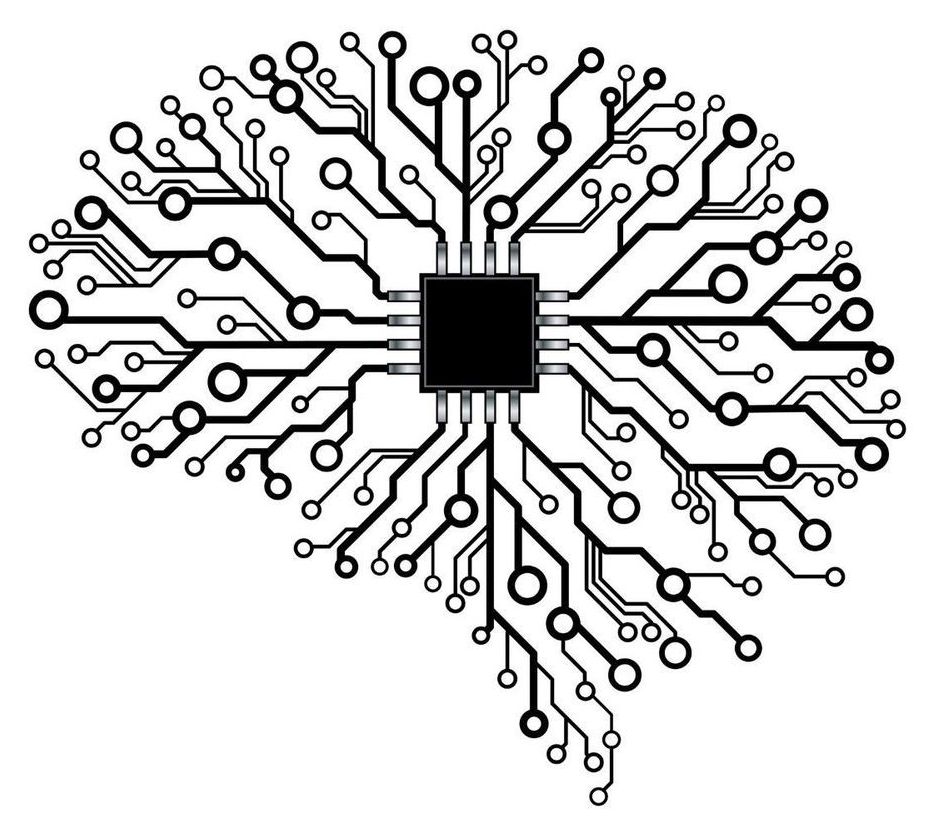Hi all.
Up until now, chip-makers have been piggybacking on the renowned Moore’s Law for delivering successive generations of chips that have more compute capabilities and are less power hungry. Now, these advancements are slowly coming to a halt. Researchers around the world are proposing alternative architectures to continue producing systems which are faster and more energy efficient. This article discusses those alternatives and reasons why one of them might have an edge over others in averting the chip design industry from getting stymied.
Moore’s law, or to put it differently — savior of chip-makers worldwide — was coined by Dr. Gordon Moore, the founder of Intel Corp, in 1965. The law states that the number of transistors on a chip would double every 2 years. But why the savior of chip-makers? This law was so powerful during the semiconductor boom that “people would auto-buy the next latest and greatest computer chip, with full confidence that it would be better than what they’ve got”, said former Intel engineer Robert P. Colwell. Back in the day writing a program with bad performance was not an issue as the programmer knew that Moore’s law would ultimately save him.
Problem that we are facing today is, the law is nearly dead! Or to avert from offending Moore fans — as Henry Samueli, chief technology officer for Broadcom says.
